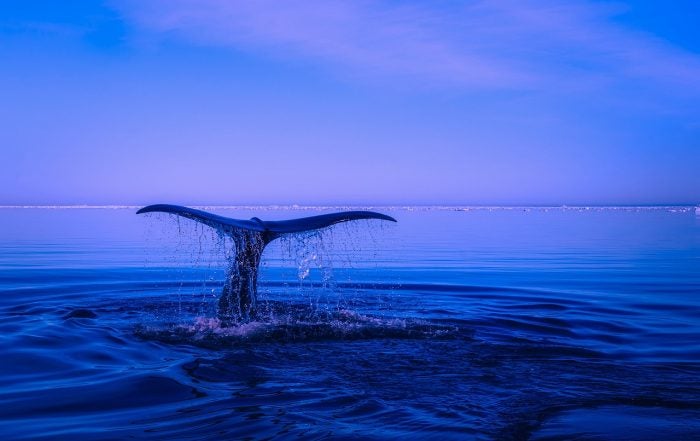Feeding 8 Billion People: Engineering Crops for Climate Resiliency
By Shaina Eagle, Global Disease Biology ’24 Feeding the world’s 8 billion– and growing– people [2] is an Augean task that requires cooperation between farmers, scientists, government agencies, and industry stakeholders across the globe. Agriculture and climate are deeply intertwined and climate conditions play a critical role in determining agricultural productivity and have a significant […]
Interview: John Davis
By Isabella Krzesniak. INTRODUCTION John Davis is a 5th year Ph.D. candidate in the Integrative Genetics and Genomics graduate group at UC Davis. He works in the Maloof Lab and uses bioinformatics to analyze genetic variation among native California wildflowers in the Streptanthus clade in different environments and uses data to create gene models. The […]
Canine Cloning: History and Recent Trends
By Sara Su, Animal Science and English ’24 INTRODUCTION In 1996, Dolly the sheep was the first mammal to be successfully cloned [1, 2]. Since then, 22 other animal species have been cloned, including rats, mice, cattle, goats, camels, cats, pigs, mules, and horses [3-12]. Among these, about 19 species have clones surviving to adulthood. […]
How does prenatal nicotine exposure increase the chance of a child developing asthma?
By Madhulika Appajodu, Cell Biology ’24 Author’s Note: My name is Madhulika Appajodu and I am a 3rd Year Cell Biology major at UC Davis. I am a pre-medical student and hope to go on to medical school. I chose Cell Biology as a major because I found the focus on cell organization and function […]
Genetic algorithms: An overview of how biological systems can be represented with optimization functions
By Aditi Goyal, Genetics & Genomics, Statistics ‘22 Author’s Note: As the field of computational biology grows, machine learning continues to have larger impacts in research, genomics research in particular. Genetic algorithms are an incredible example of how computer science and biology work hand in hand and can provide us with information that would otherwise […]
Human Cryopreservation: An Opportunity for Rejuvenation
By Barry Nguyen, Biochemistry & Molecular Biology ‘23 Author’s Note: I became interested in ways to bypass built-in lifespans after taking HDE 117, a longevity class with Dr. James Carey. During the course of the class, I was exposed to many different ways to extend the human lifespan. However, I was most interested in cryogenics […]
Epigenetics as a Tool for Personalized and Targeted Care
By Parmida Pajouhesh, Neurobiology, Physiology & Behavior ‘23 Author’s Note: For as long as I can remember I wanted to attend medical school and become a pediatrician. More recently, I have been exposed to the study of epigenetics, which has unveiled the importance of prioritizing prevention of disease and furthered my interest in the field […]
Strimvelis: An Application of Personalized Medicine
By Aditi Goyal, Genetics & Genomics, Statistics, ‘22 Author’s Note: I heard about this therapy during a freshman seminar, and I presented on this during that class. This article is an adaptation of that presentation. ADA-SCID is a rare, autosomal recessive disease that cripples one’s immune system. ADA SCID stands for Severe Combined Immunodeficiency […]
Combating Malaria: Genetically Modified Mosquitoes Projected to Prevail Over Traditional Methods
By Marian Warner, Biotechnology ‘21 Author’s Note: I chose the subject of gene drives for UWP 104E (writing in science class) because I found it personally interesting and wanted to learn more about its controversy. The more I did research on the subject throughout the quarter the more I realized how much is unknown by […]
Use of Transgenic Fish and Morpholinos for Analysis of the Development of the Hematopoietic System
By Colleen Mcvay, Biotechnology, 2021 Author’s Note: I wrote this essay to review the methods of utilizing Zebrafish as a model for understanding the mechanisms underlying the development of blood (hematopoietic) stem cells, for my Molecular Genetics Class. I would love for readers to better understand how the use of transgenic zebrafish and morpholinos have […]

